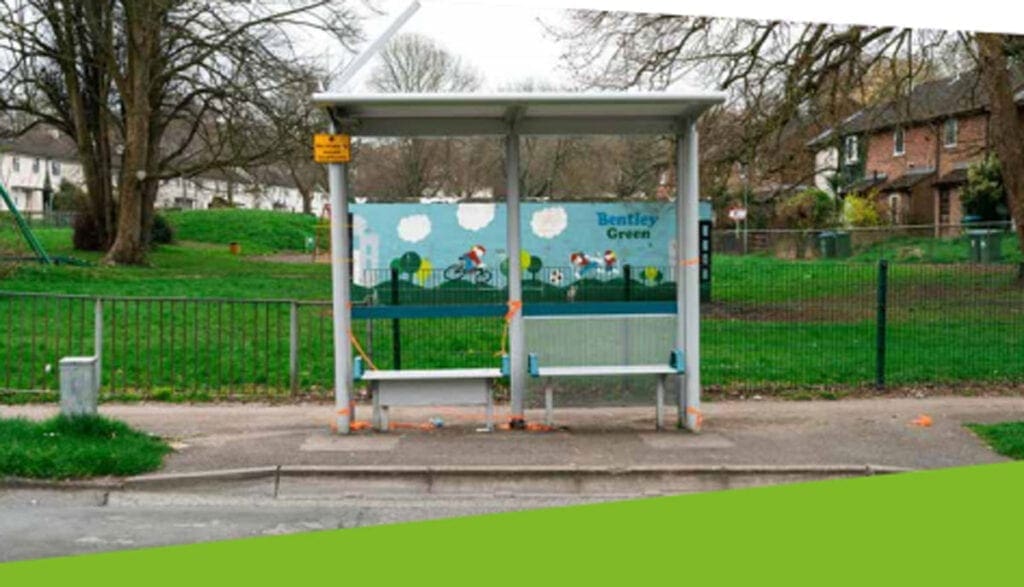
People living in England’s “left behind neighbourhoods” (LBNs) are disconnected from essential services due to poor public transport and low car ownership, according to a new report.
Research by pressure group Campaign for Better Transport (CBT) found that LBNs with the poorest connectivity are predominantly in coastal areas or on the outskirts of post-industrial towns and cities in the North and the Midlands. Read the full Left Behind Communities report.
Related articles
- East Lancashire Railway reveals Flying Scotsman return
- Severn Valley Railway’s 1940s weekend to return this summer
- Musician apologises after using railway to promote debut single
The study, produced for the all-party parliamentary group (APPG) for left behind neighbourhoods, analysed 225 locations which suffer from social and economic deprivation.
Local authority-supported bus services in LBNs have declined by 35% in the past six years, while half of railway stations in those areas were closed during the Beeching cuts of the 1960s.
It found that 40% of households in LBNs have no car, compared with just 26% across England as a whole.
The report found that people living in LBNs face greater difficulties accessing jobs, education, healthcare and other essential services.
Researchers focused on Grangetown, a former industrial town on the North Yorkshire coast, which is four miles from Middlesbrough town centre.
More than half of households (52%) there do not have access to a car, and public transport is poor, according to the study.
Another case study is Sheppey East, Kent where bus services were slashed in 2019.
The area was described as having high levels of long-term illness and “very poor” access to health services.
The report concluded: “For some living in neighbourhoods on the edge of towns or cities, or in a geographically isolated coastal or former colliery communities, their nearest employment or retail centre and key public services can feel – and often are – a long way away.
“For disadvantaged communities with low levels of car ownership, the lack of rail links and deteriorating bus services – alongside a deficit in other key forms of social infrastructure – presents a serious barrier to change.”
CBT head of policy, research and projects Silviya Barrett called for lost rail links to be reconnected, cut bus routes to be reinstated and local authorities to be given the funding and skills to provide the public transport that communities need is.
That is “key to reinvigorating the areas featured in this report and, crucially, ensuring these communities don’t get further left behind”, she said.
Labour MP Dame Diana Johnson, who co-chairs the APPG, commented: “Whilst investment in town and city centres can provide opportunities, that’s little help if people living several miles away aren’t able to get to them.
“To really support residents living in left behind neighbourhoods, we need to invest in local people and their capabilities as well as the essential infrastructure like public transport, that they so heavily rely upon.”


